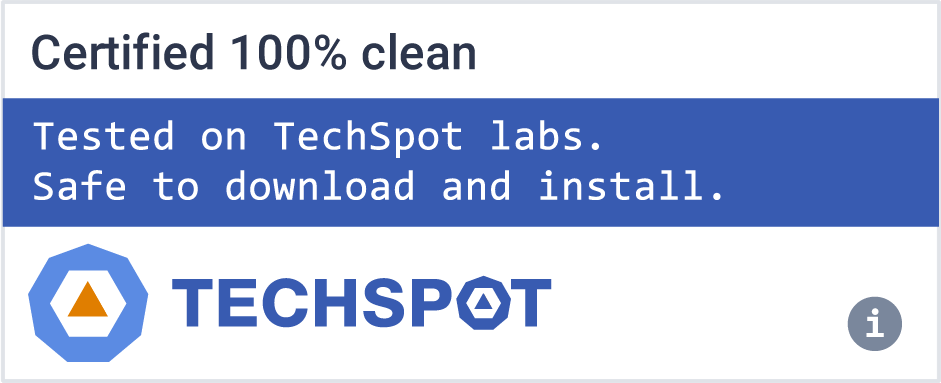Jami is completely peer-to-peer and doesn't require a server for relaying data between users. Jami is a GNU project backed by the Free Software Foundation and distributed under a GPLv3 license. Jami uses TLS 1.3 with a perfect forward secrecy requirement for the negotiated ciphers for calls and file transfers. Messages are encrypted with an RSA key.
Features
- Instant messaging
- Audio and video calls
- Swarms (group chats)
- Video-conferences and Rendezvous points with no third-party hosting
- Audio and video message recording
- Screen sharing and media streaming
- Built-in extension platform for new features and experiences
- Jami can also function as a SIP client
More Features
Unlimited
Without restriction on file size, speed, bandwidth, features, number of accounts, storage or anything else.
Private
All communications are peer-to-peer and end-to-end encrypted.
Ad Free
There will never be advertising on Jami.
Compatible
Available on Linux, Android, AndroidTV, Windows, macOS and iOS.
Fast
Latency is reduced and transfer speeds are greatly increased thanks to the direct peer-to-peer connection.
Autonomous
Users who are on the same local network can communicate with Jami even if they are disconnected from the internet.
Anonymous
No personal information needs to be provided when creating an account.
What's New
Due to Jami's transition from using Qt 5 to Qt 6, and the fact that Qt 6 only supports Windows 10 and later, new versions of Jami released in 2022 and onwards only support Windows 10 and later. If you use an older Windows version (e.g. Windows 7, 8, or 8.1) and are unable to switch to Windows 10 or later at this point, you can download older versions of Jami from the archive, but please note that the Jami team is unable to provide support for them. We recommend downloading Jami for your other devices that run one of the supported operating systems below, or upgrading from Windows to a freedom-respecting operating system such as the GNU operating system.

